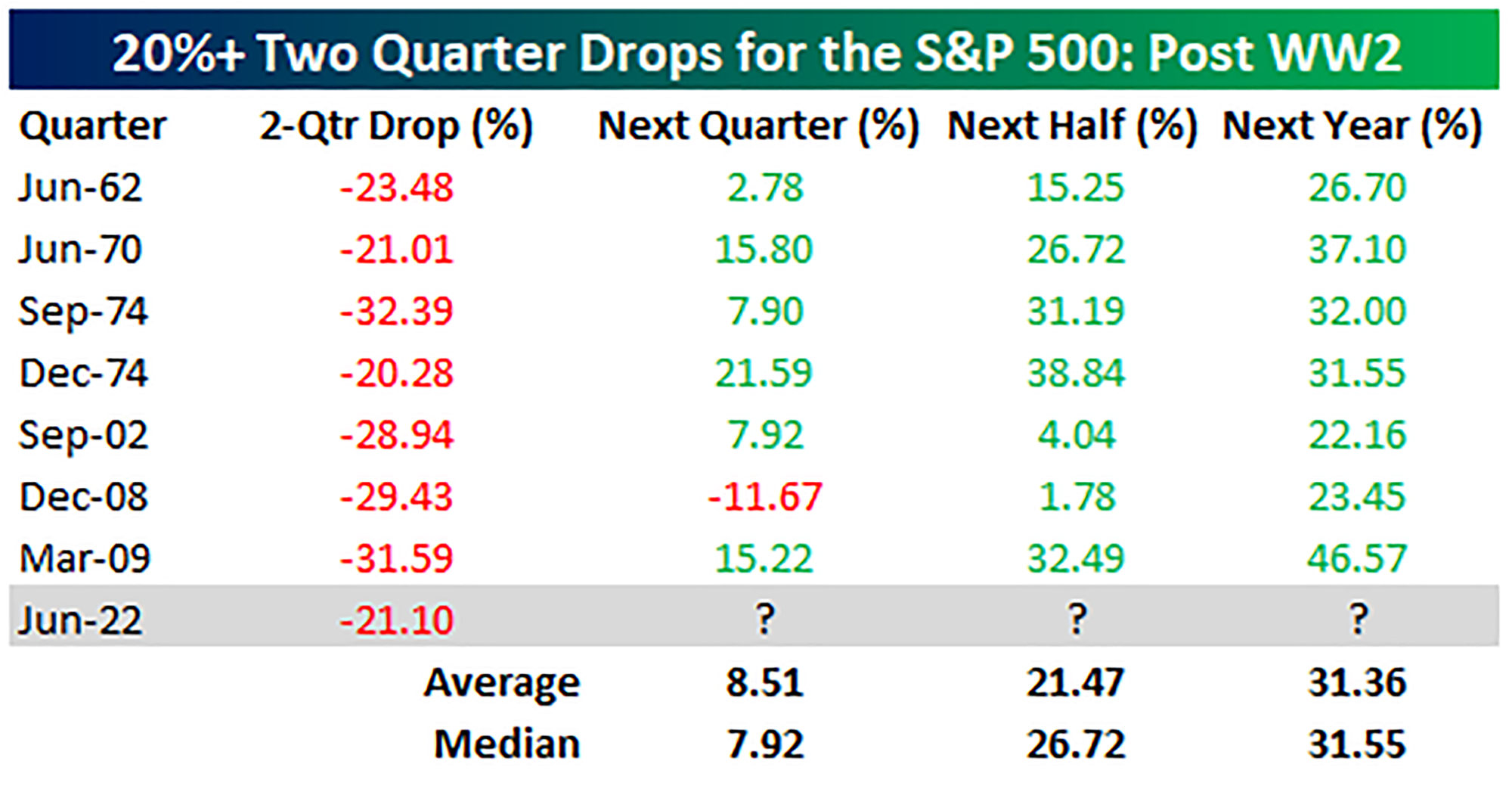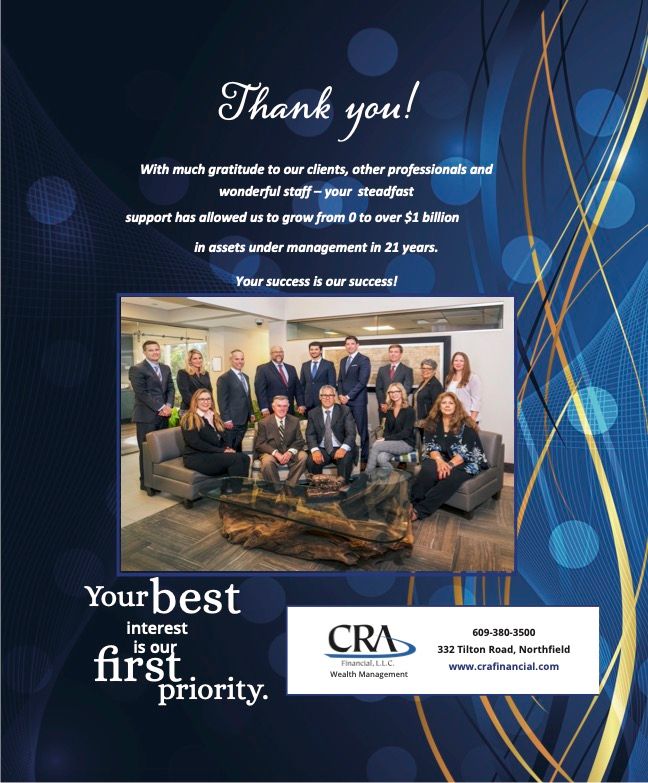Submitted by CRA Financial
A war in Ukraine, inflation the highest it’s been in decades, ongoing supply chain constraints, and financial markets selling off for the first 6 months of the year has led to consumer confidence being the lowest ever recorded. As financial advisors, we are often asked by clients, something like “with all this stuff going on in the world today, should I just sell everything to cash until things get better?” While timing the market with any consistency is impossible, history has shown that selling after the market dips has never worked. Doing so just locks your investment account in at low prices and causes you to miss out on a market rebound that can take place.
One thing that is important to be cognizant of is that volatility works both ways. While, typically, we associate volatility with market decline, the outsized moves of the market also make it so that some of the best days of the stock market follow some of the worst days. In fact, after the market bottomed from the Coronavirus selloff on March 23rd of 2020, the S&P 500 Index rallied a whopping 65.2% to close out the year! NASDAQ stocks advanced 88% during the same timeframe.
While the velocity of both the dip and recovery in the market were unique in 2020, looking at more past market dips can give you better context. In actuality, there has not been an instance, since World War II, where the S&P 500 Index was not up over the next year after a 20% drop over 2 quarters as we have seen to start 2022. Data from the chart from the Bespoke Report below suggests that returns could be robust once the recovery ensues:

An interesting thing to think of is how in July the S&P 500 rallied over 9%. This chart shows that 6 out of 7 times historically the market did quite well the following quarter after a drop like we’ve seen. Given the upward move we saw in July, the 3rd quarter has a great chance of posting a positive return. If history repeats, the second half of the year and subsequent 6 months could provide impressive returns should a recovery take place.
While it is futile to time the market, often your market risk premium is the highest after stocks have already sold off. Remaining invested in a portfolio that meets your risk/return requirements can be key to achieve your long-term success.
Respectfully Submitted by CRA Investment Committee
Matt Reynolds CPA, CFP® Tom Reynolds, CPA. Robert T. Martin, CFA, CFP® Gordon Shearer Jr., CFP® Jeff Hilliard, CFP®, CRPC® Joe McCaffrey, CFP®










